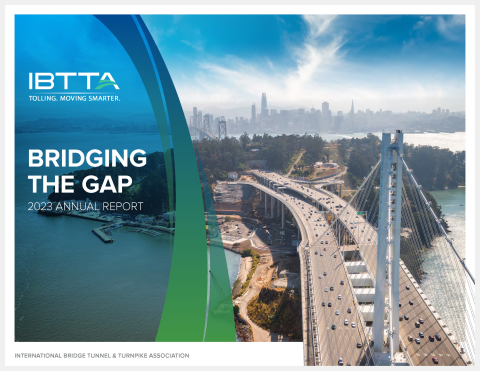- Home
- 'History Road Trip' Celebrates Pennsylvania Turnpike's 80th Anniversary
Stories
'History Road Trip' Celebrates Pennsylvania Turnpike's 80th Anniversary


An available right of way, the allure of an all-weather highway, the urgent need for job creation during the Great Depression, and the need to move troops and equipment quickly across a large, sprawling state were some of the biggest motivations for the road once known as the World’s Greatest Highway.
Three generations later, the 552-mile Pennsylvania Turnpike has earned recognition as a founder of the interstate highway system and is celebrating its 80th anniversary this year.
The Turnpike is already accustomed to marking its historic milestones, with a web page devoted to its 75th anniversary in 2015. Now, Visit Pennsylvania is promoting the 80th with the offer a “history road trip” to celebrate the first 160 miles of roadway.
“Breathtaking views, picturesque small towns, and important historic sites dot the journey,” Visit PA promises. “Go on a trip through American history as you drive along this stretch of highway and stop at museums, battlefields, and historic sites all along the way.”
An All-Weather Highway
Look back eight decades, and a highway that could operate through any kind of local conditions was a new and exciting concept for the highway infrastructure community. A new road that could shave two hours off the drive time from Pittsburgh to Philadelphia was an utterly irresistible offer for users.
“What created the turnpike was really this concept of building an all-weather highway through the mountains instead of Route 30, which would take you up over the mountains,” said Carl Defebo, the Turnpike’s Director of Public Relations and Marketing, in a recent interview with Pittsburgh public radio station WESA 90.5.
“New England metropolitan areas like New York City had begun improving their local street systems and Pennsylvania was eager to join in,” WESA recalls. “In the late 1930s, cars were becoming more popular and people wanted a faster way to get across the state.”
By that time, legendary industrialist Andrew Carnegie and businessman William Vanderbilt had put up the funds to build the South Pennsylvania Railroad. The project was eventually abandoned due to cost and challenging terrain, but that meant a corridor was available—with rights of way already in place—for a new concept in mobility. Of the nine tunnels workers had already drilled through seven tunnels, Turnpike planners figured six would be usable with improvements to lighting and ventilation.
“It was a natural place to build a highway,” said Pittsburgh physician Neal Schorr, co-author of The Pennsylvania Turnpike. “If nothing else, it provided a good excuse to proceed with construction.”
An Appointment with History
At the time, Germany’s Autobahn was one of the only major limited-access highways in the world. But there were compelling reasons for the Pennsylvania Turnpike to take its place as an eventual cornerstone of America’s interstate highway system.
Turnpike officials pitched the federal government for funding, saying the new Pennsylvania roadway would be a way to get military servicemen and equipment across the state quickly. President Franklin D. Roosevelt went even further and made the building of the Turnpike a Works Progress Administration project. The agency provided jobs to struggling families during the Great Depression and the projects included bridges, museums, and hospitals.
With funding in hand, Schorr said it took less than two years to build the first 160 miles of highway, “which would never happen today, and nothing ever happened like it before.”
For Defebo, all the elements fell into place to make a controlled-access turnpike the right answer. “It was this amalgamation of world events happening that led to the birth of the Turnpike,” he said. “It was designed by engineers who wanted to design a consistent experience from end-to-end.”
After the road opened on October 1, 1940, “a lot of folks all over the country came to see it,” said Schorr’s co-author, Mitch Dakelman. “It was an attraction not only to get you from place to place, but it was just so new.”

Joining IBTTA connects you to a global community of transportation professionals, offering unmatched opportunities for networking, knowledge-sharing, and collaborative innovation in the tolling and transportation sector.
Follow IBTTA on social media for real-time updates on transportation trends and collaborative opportunities.





